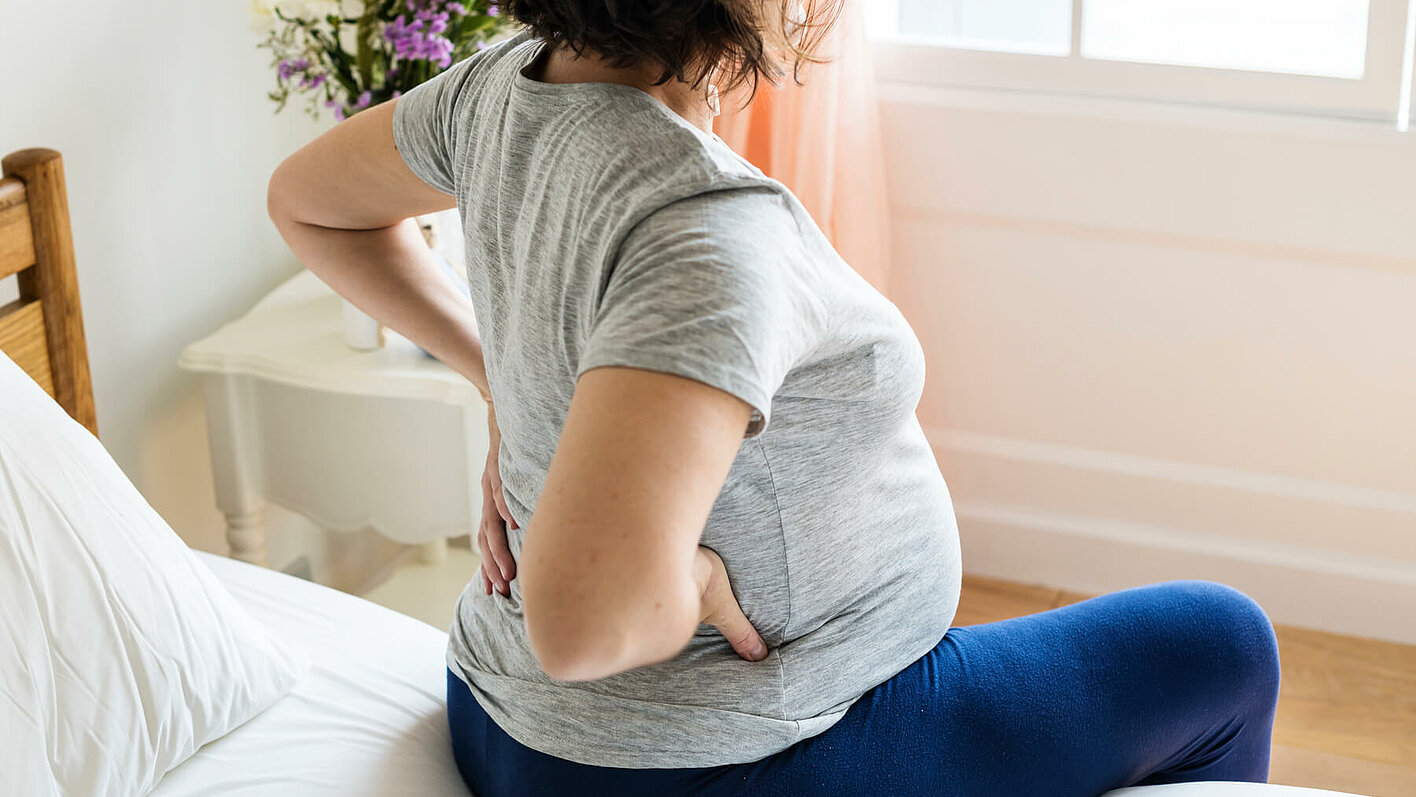Self-Management Techniques
Expecting mothers can take steps to self-manage their back pain through the following practices :
- Adjusting posture (Reducing curvature, engaging abdominals, this also depends on stage of pregnancy)
- Adapt lifting techniques (do not lift heavy weights, bend from the knees, keep the weight close to the body)
- Doing simple exercises (strengthening muscles of arms, core, glutes and legs)
- Rest and relaxation (meditation or mindfulness for calmness, pregnancy yoga can also help)
- Apply heat or cold (whichever feels better)
- Try supportive belts and pillows (they can support the pelvis and sacroiliac joints)
- Optimise sleeping technique (sleep on side, with pillows between legs)
- Massage (can help with relaxation of overworking muscles)
Recommended Therapies
In addition to self-management techniques, there are a number of therapies that can help women with pregnancy-related back pain.
- Physiotherapy (use of manual techniques as well as exercise)
- Acupuncture (inserting fine needles into meridian points or tense muscles)
- Exercise (specific exercises recommended by physiotherapist/osteopath/chiropractor)
- Transcutaneous electric nerve stimulation (TENS machine which may be purchased from some drug stores)
- Mobility aids to help offload spine and pelvis
Conclusion
Back pain during pregnancy is a common issue that can have a significant impact on expecting mothers. However, with proper self-management techniques and recommended therapies, it is possible to manage and alleviate pain. Expecting mothers should consult with their healthcare provider to determine the best course of treatment for their specific needs and circumstances.
References
Bishop A1, Holden MA2, Ogollah RO2, Foster NE2; EASE Back Study Team. (2016) Current management of pregnancy-related low back pain: a national cross-sectional survey of U.K. physiotherapists. Physiotherapy. 02(1):78-85. doi: 10.1016/j.physio.2015.02.003. Epub 2015 Apr 19.
Alaeldin A. Darwich, Sudhir A. Diwan (2009) Management of back pain in pregnancy. Techniques in Regional Anesthesia and Pain Management. 13(4):251-254.
